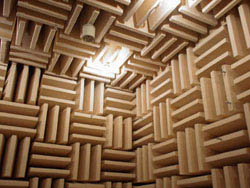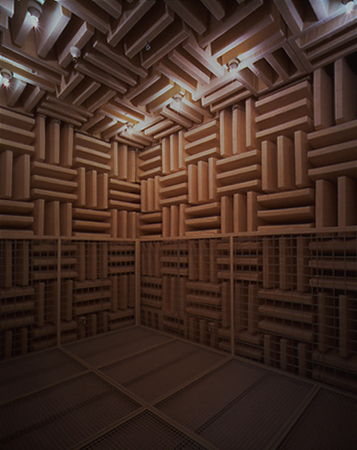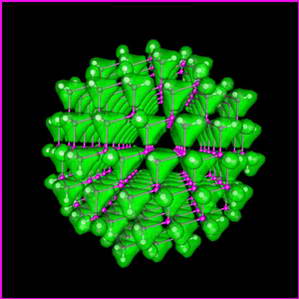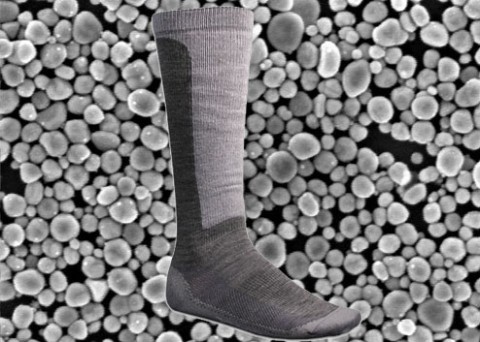Ahhh. So tired. We are currently watching Bladerunner. This is one hella of a long movie. argh argh im cold by the way. So what did we do today? Ohhh the morning lecture was so much fun. I learned quite a bit of information. What caught my attention was the genetically modified food. A lot of restaurants I have seen have this but not until today did I learn what this meant. So what are the dangers of this genetically modified food that sometimes we eat?
restaurants I have seen have this but not until today did I learn what this meant. So what are the dangers of this genetically modified food that sometimes we eat?
Enviromentalist would say that, it is unhealthy for the enviroment. (Well now adays, isnt everything just about as unhealthy for the enviroment?)
Apparently it has some sort of human health risks. (A lot of things do though.)
Comida with GMO’s brings an economical concern to the market! (We are in a overall economical crisis though).
Another thing that I got interested in was how food affects the life expectancy of a person. From what I researched, according to 2000 research, Japanese people have the longest life expectancy. Over the years this has increased due to better lifestyle and different ways of living. The way that food and everything else is affecting our lifes is pretty amazing.
The expectancy of life is depended on the conditions of the country. According to The Global Education Project, United States, along with Canada, Australia and England have some of the largest living conditions in the whole world.
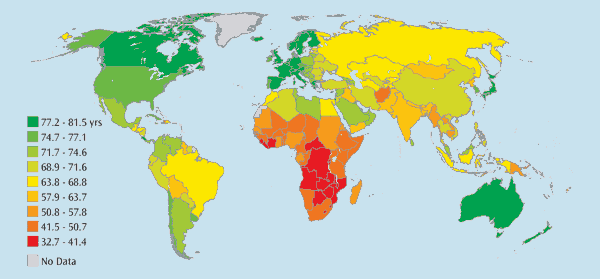
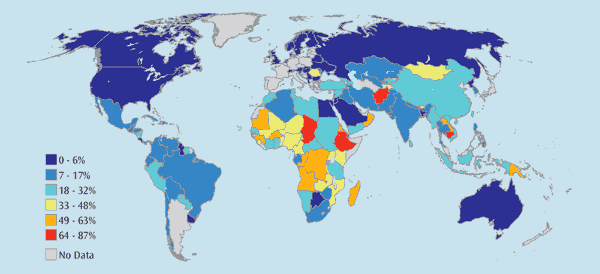 http://www.nature.com/nature/focus/gm/
http://www.nature.com/nature/focus/gm/
http://www.sirc.org/gate/gm_food.html
http://www.csa.com/discoveryguides/gmfood/overview.php
http://www.eufic.org/article/en/page/RARCHIVE/expid/review-diet-lifestyle-life-expectancy/
http://www.faqs.org/nutrition/Kwa-Men/Life-Expectancy.html
http://www.theglobaleducationproject.org/earth/human-conditions.php










